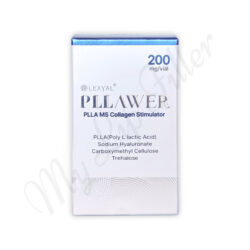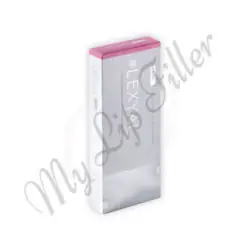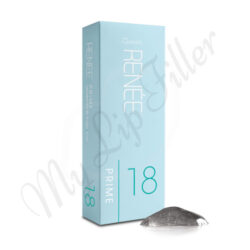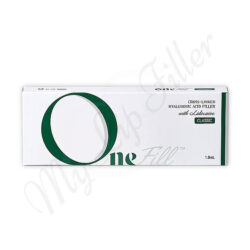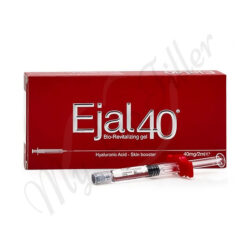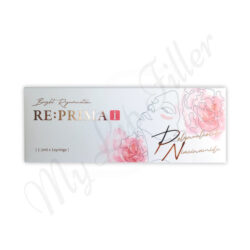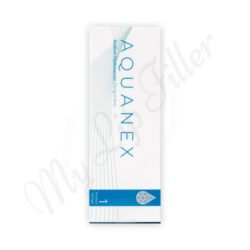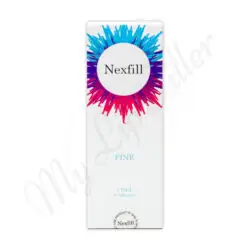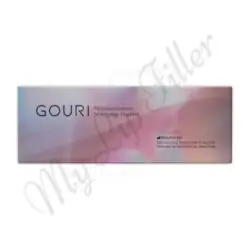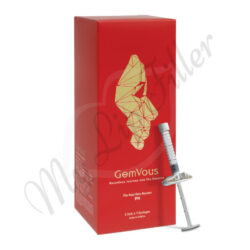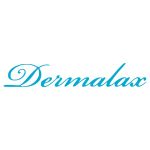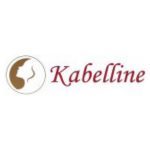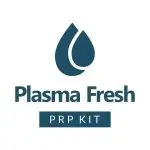Soft Dermal Fillers
Soft fillers are the variation of injectable Hyaluronic Acid gel products, which are purposed for the removal of shallow skin lines and wrinkles. Their properties are characterized by the small grain size and them being relatively less thick.
There is a certain overlapping between soft and lip fillers as generally lip fillers are softer, by definition, and usually good soft fillers are appropriate for lip enhancement even if not specifically marketed as “lip fillers”. Soft fillers usually combine their effect with skin rejuvenation and have powerful hydrating properties. It's possible to brand one a "superficial lip filler". They are an excellent solution to bringing back the youthful look of the skin and restoring the natural volume.
Soft fillers are specially made to give natural results, in other words to make it as if the injected gel is actually natural muscle tissues under the skin. One of the main considerations when choosing a soft filler is how stable its structure it is. Good dermal fillers are very stable, meaning that once properly injected it is to remain in the area where place, without any noticeable deformation or “leaking” to other areas. This ensures that wrinkles and lines are naturally “hidden” without disproportionate deposits of fillers forming underneath the skin.
Soft dermal fillers are not thick enough to be used for proper facial sculpting, but they truly shine when applied to more delicate tasks. Very fine lines and superficial wrinkles cannot be treated with a hard filler, with large grain size. But it's a great option for something like tear trough filler for wrinkles. It is hardly a surprise that a lot of the brands opt to name their equivalent HA filler “Fine” (“Soft” being the other popular name of choice).
It is necessary for the patient to consult with their plastic surgeon to properly determine the right soft filler to use depending on the area which will be injected, but also taking into consideration additional, not last of which is the actual preferred of the patient and the result that they want.

"Beauty is a nectar which intoxicates the soul."
T.C. Henley
Treatment Areas
Soft dermal fillers are most effective when utilized in the removal of fine lines or superficial wrinkles. They can be effective in the removal of Crows feet and wrinkles around the eyes, as well as treating tear troughs and removing eye bags. It is an excellent solution for hiding moderately deep glabellar lines, as well. Soft fillers are also used for earlobe augmentation.
Such Hyaluronic Acid filers can usually also be used for lip enhancement, even if not specifically branded as “lip fillers”, as a good soft filler has all necessary characteristics to be injected in the lips. A soft filler is usually placed to remove marionette lines, as well.

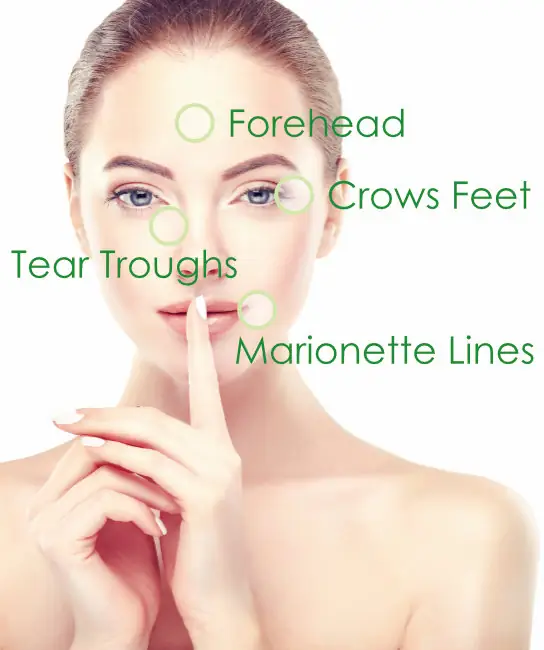
Facial fillers are a type of dermal filler, which is used specifically in the area of the face (sometimes also the neck) to either restore visible loss of skin volume or to augment the overall facial features like lips, nose, chin etc. Additionally, some face fillers are specifically tailored to have lasting skin rejuvenating effects and can have great impact on prematurely aged skin. Most dermal fillers for the face are based on Hyaluronic acid, but also Polynucleotides, peptides and there are even semi-permanent solutions, based on PCL, PLLA and Calcium.
The main focus of usage for the typical face filler is restoration of skin volume. From superficial lines, through deep nasolabial folds, all the way to severe cheek volume loss, depending on the product and HA gel density. Additionally, fillers for the face can have purely aesthetic purposes and be used to augment lips and contour facial features, balance the face and make it more symmetrical and so on. Certain soft fillers, which somewhat blur the line with mesotherapy, can also have a skin boosting and rejuvenating effect.
A one word answer would be “yes”. However, it’s very important to note that usage should always be entrusted to a licensed practitioner – plastic surgeon, registered nurse, certifies cosmetologist. Another consideration is taking under consideration the ingredients of the specific filler and making sure no allergies or overall intolerance to any of the ingredients could affect the patient. Further, following the standard safety protocol of filler application, as well as the specific face filler’s instructions is a must.
Each person is different and so is their body (and metabolism) and way of life. Both are major factors for filler durability. On the opposite end, the filler ingredients and especially, the main ingredient of the gel will have an immense role in how quick or slow the body will dissolve it. But that is not all – density, visco-elasticity, molecular structure, cross-linking methods, manufacturing technology and more have direct impact on filler durability. As a (very) general rule of thumb, soft non-HA fillers last less than 3 months, soft HA fillers last in the 3-6 month range, medium fillers – 6 to 12 months, contour fillers – up to 18 months and specialized semi-permanent fillers (Calcium, Poly-L-Lactic, PCL etc.) – 2-3 years.
That is definitely to go over with the practitioner who will work with your filler, as they can give you the step-by-step. Overall, there is some discomfort involves, but it’s minimal. Local topical anesthetic can be applied to reduce it. There is no downtime, but in the first 48 to 72 hours, some minor adverse reactions like bruising and redness in the treated area are possible, though these normally subside fairly quick. You’ll most likely be instructed to drink a lot of water, post procedure, and avoid direct sunlight, certain foods and all types of alcohol for a few days.
Injection Procedure
Dermal fillers should always be injected by a licensed medical specialists, who, additionally, has the necessary training to handle HA fillers. The procedure is very safe, but patients should take care to check if they are not allergic to any of the filler ingredients. It is not recommended for pregnant women or breastfeeding mothers to have filler injections.
Injecting the Hyaluronic Acid gel is quite simple and the entire procedure is from 20 to 30 minutes, requiring no downtime. The patient can immediately go on with their daily schedule. The effects can be noticed right away, after injection. Pain and discomfort are minimal, especially with Lidocaine fillers, and side effects are limited to minor discomfort like redness, swelling and sensitivity which pass quickly.

